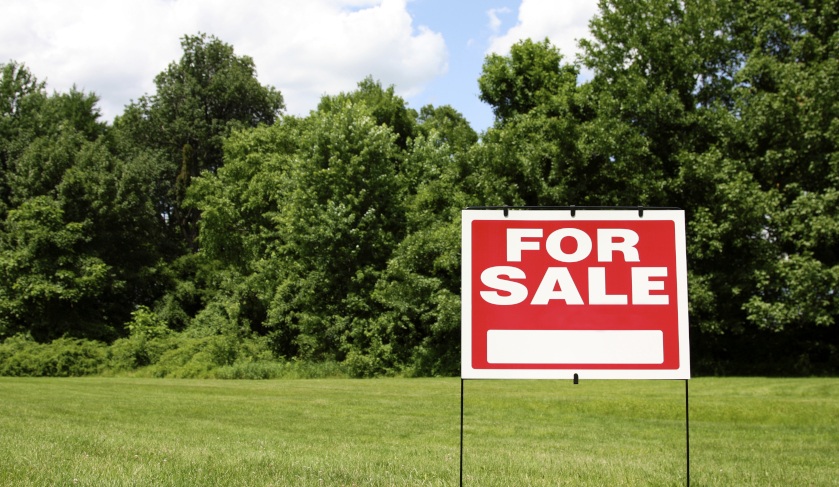Land prices up despite fall in demand
New research has found the price of land for a new residential property is on the rise, even though demand is down.

Detailed in the March 2019 edition of the Housing Industry Association-CoreLogic Residential Land Report, the September 2018 quarter saw land lot prices rise by 0.8 per cent to $279, 949, yet the same period saw a noticeable fall in demand, with the number of lots selling declining by 16.2 per cent.
HIA chief economist Tim Reardon said the general market slowdown has not managed to bring down land prices.
“After five years of exceptionally strong sales activity, a credit squeeze and a loss of market confidence led to a rapid fall in new home sales and approvals. This slowdown is evident in land sales and unfortunately the fall in demand has not yet resulted in a fall in price,” Mr Reardon said.
“The impact of the fall in demand for new homes and the rise in land prices places additional pressures on the new home market and could further impede activity in the home building market.”
He also said that builders have been placed in a challenging situation.
“The costs of land, the major cost of building is increasing, at the same time that they're seeing established house prices fall, so it just places additional pressure on new home builders to be able to provide a product to market that is priced competitive[ly],” Mr Reardon told Smart Property Investment.
As for when these land prices are likely to correspond more closely with demand, Mr Rearson said the government has a large say in the matter.
“Land prices respond to a lot of factors, one of which is of course the costs imposed,” he said.
“Government has a significant input into costs built into land prices and while … we see the costs of living, land, [and] the residential market increase, then we'll see those costs increasing.
“I think it's unlikely that we'll see land prices fall dramatically, but it would be good to see pressure come off as the market cools over the course of the next couple of years.”
According to CoreLogic research director Tim Lawless, the reduction in land sales has been strongest in Sydney and Melbourne, due to their markets softening since their peaks in 2017.
“Despite the substantial drop in activity, land prices are falling at a much slower rate than housing prices in Sydney, while Melbourne land prices on a rate per square metre basis are substantially higher than a year ago compared with a 9.1 per cent drop in dwelling values over the past year,” Mr Lawless said.
“The resilience of land prices relative to the wider market likely reflects the scarcity value of well-located vacant land in these cities.”
